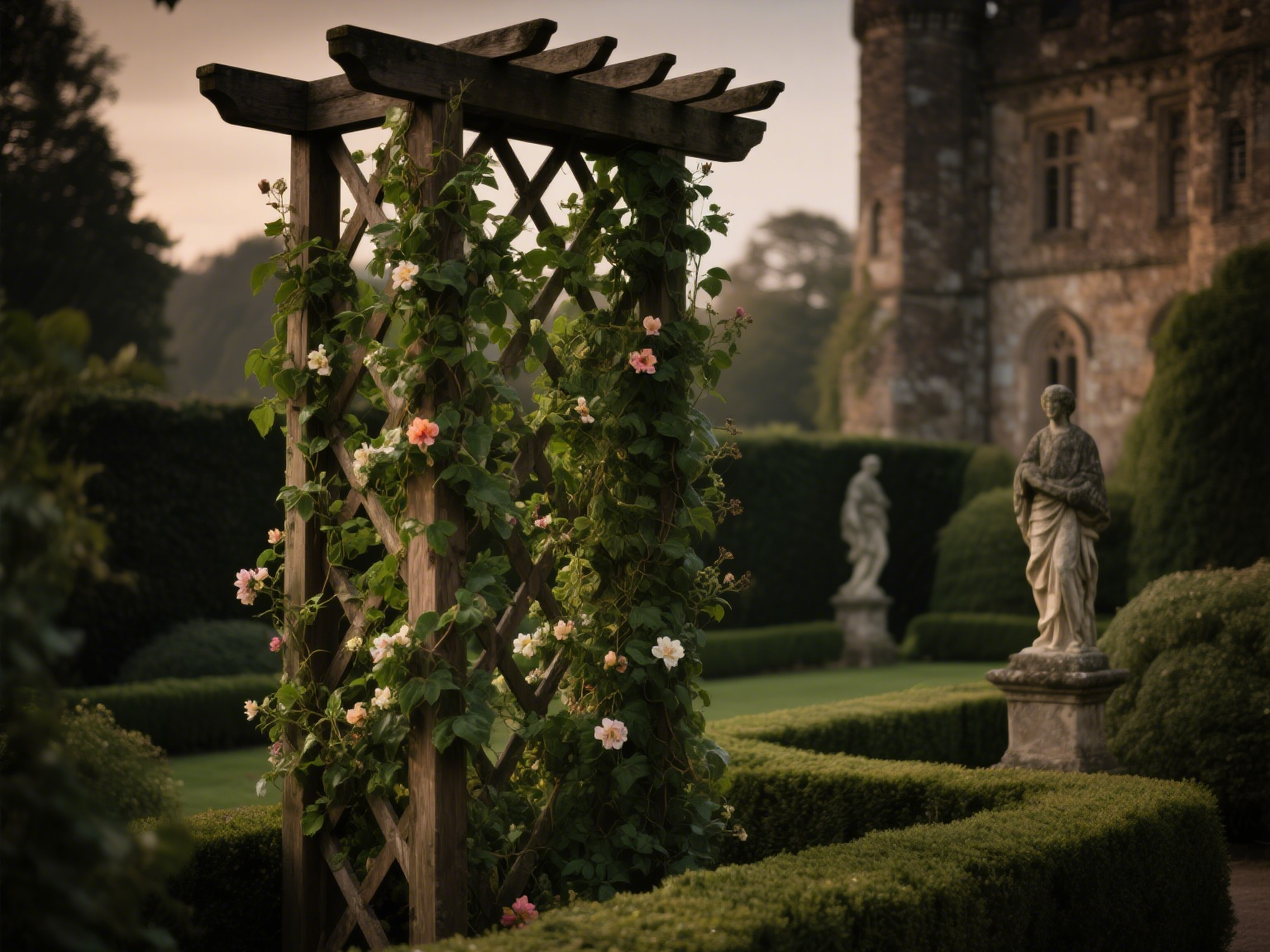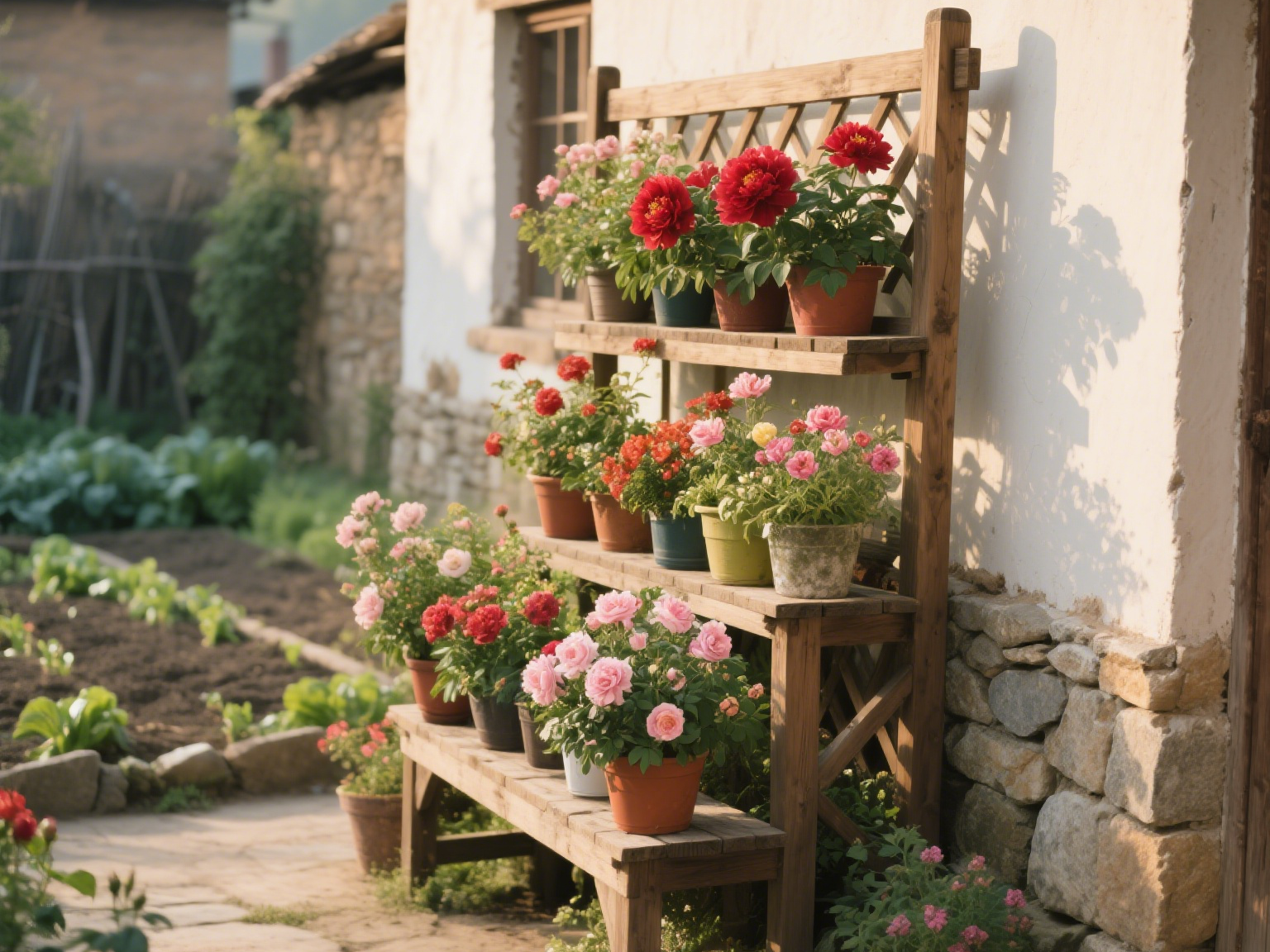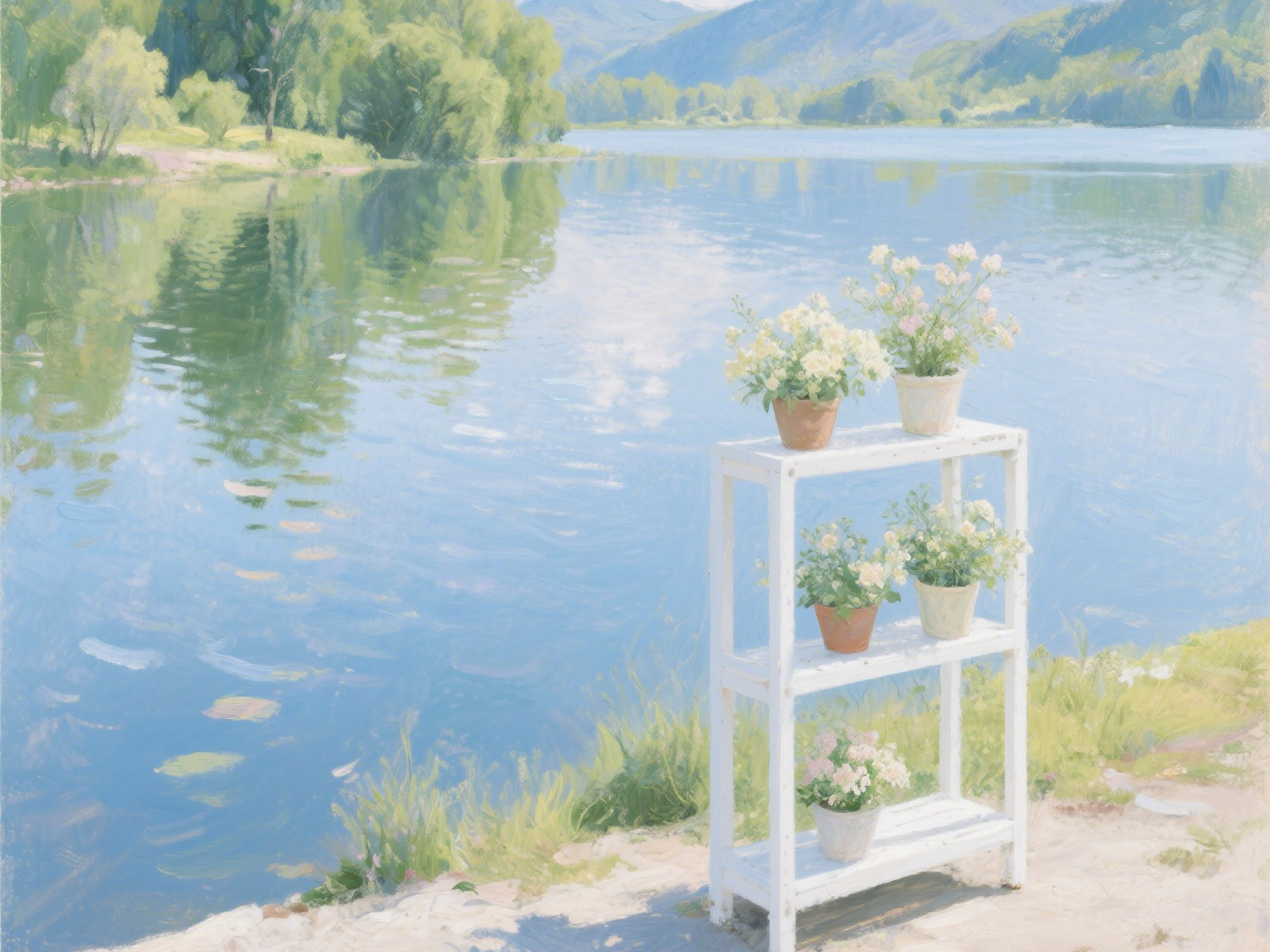In the history of horticulture in Europe, wooden trellises were once a symbol of romance and nature. The wooden trellis next to the Victorian-style building in Windsor, London, England, is entwined with roses and ivy, outlining a fairytale-like scene; In the wineries of Provence in the south of France, wooden trellises support the vines, weaving an idyllic picture. However, as the years go by and the climate changes, these wooden trellises gradually reveal their fragile nature, in stark contrast, PVC trellises are an innovator in the field of horticulture.
The wooden trellis of Windsor struggles to survive during the rainy season. According to the local horticultural association, 70% of wooden trellises decay after 3-5 years of use. Emma’s century-old oak trellis has witnessed generations of family gardening, but it is no match for the frequent rains of the past decade. Moist air seeps into the wood like an invisible corrosive agent, causing mold to grow, loosening the originally tight mortise and tenon structure, mottling the surface of the trellis and making it difficult to repair and regain its former strength. The PVC tress is made of polyvinyl chloride, which is inherently waterproof and moisture-resistant. In the same rainy season environment, the surface of the PVC trellis is smooth and dense, and the moisture is impermeable, so it can always keep the structure intact without frequent maintenance, saving gardening enthusiasts a lot of trouble.

The dry climate of Provence is another fatal blow to the wooden trellises. In summer, the heat of more than 35°C and the humidity of less than 30% make the wooden trellis dry and crack frequently. In many of the villa gardens served by horticulturist Pierre, it is not uncommon for potted plants to fall over and green plants to be damaged due to the drying and cracking of the trellis. A well-known winery’s wooden grape trellis was installed at great expense, but it had to be replaced in a large area due to severe cracks in just two years, and the cost far exceeded expectations. On the other hand, the raw material of PVC flower stand has been specially processed to have excellent weather resistance. At high temperatures, PVC trellises will not dry out and deform due to rapid water loss like wooden trellises, and can remain stable in hot and dry climates, providing continuous and reliable support for plants.
From the point of view of service life, there is a significant gap between wooden and PVC flower stands. Even after the anti-corrosion treatment, the average service life of the wooden planter is only 5-8 years in complex outdoor environments. With its stable chemical properties and anti-aging properties, PVC flower stands can last up to 15-20 years under normal use. For example, in a community public garden in London, if a wooden trellis is used, it needs to be replaced every 5-8 years, which consumes a lot of manpower, material resources and money. By using PVC trellises, you can not only reduce the frequency of replacement, but also devote more resources to the optimization of your horticultural landscape.

Both have their advantages and disadvantages when it comes to environmental protection and sustainability. Although the wooden trellis is derived from natural wood, over-harvesting of wood can cause damage to the forest ecology. And if the discarded wooden flower stand is not properly disposed of, it is easy to rot and breed bacteria, resulting in environmental pollution. Although the raw materials of PVC flower stands are chemical products, many PVC flower stands are now made from recyclable materials and can be reprocessed after discarding, reducing resource waste and environmental pollution. At the same time, the low maintenance requirements of PVC flower stands also indirectly reduce the consumption of energy and resources.
In terms of appearance and design, the natural texture of the wooden flower stand used to be its unique advantage, but with the development of technology, the PVC flower stand has been able to realistically simulate a variety of textures such as wood grain and bamboo grain through heat transfer printing, lamination and other processes, which is almost the same as the wooden flower stand in terms of vision and touch. Moreover, PVC flower stands are easier to process and form, which can meet diverse and personalized design needs, whether it is a simple modern style or a retro pastoral style, it can be easily controlled.

From the actual performance of wooden flower stands and PVC flower stands in the European horticultural scene, it can be seen that in the confrontation with the natural environment, PVC flower stands have gradually shown comprehensive advantages over wooden flower stands with excellent weather resistance, long service life, environmental sustainability and flexible design. This material battle is not only a competition between the two products, but also a microcosm of the integration and development of tradition and innovation, nature and technology in the field of horticulture.
